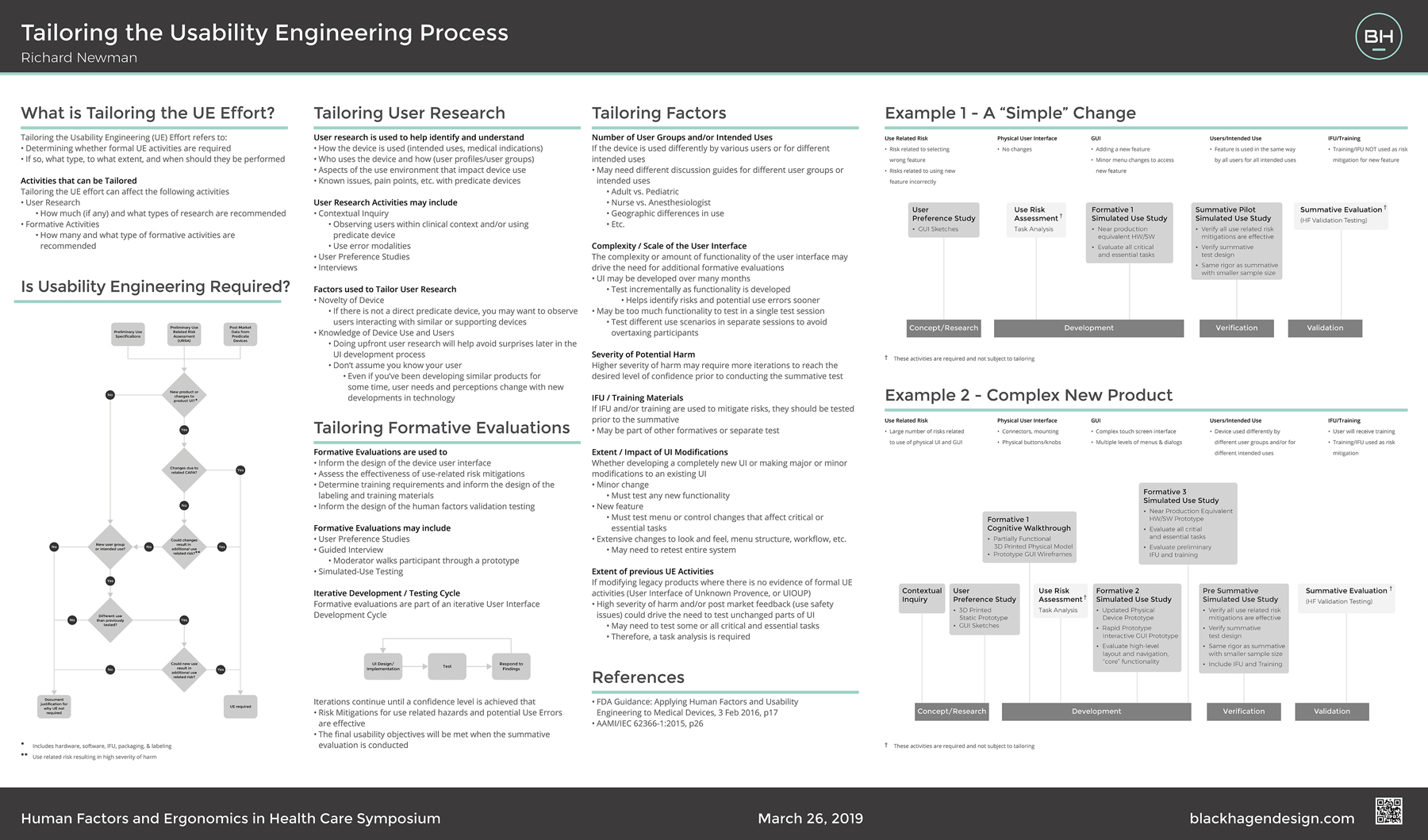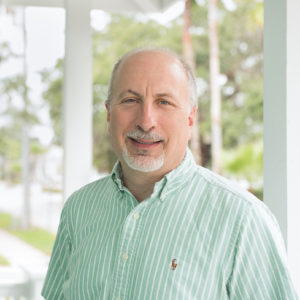An ongoing challenge that human factors professionals face is how to understand and plan the extent of the human factors engineering (HFE) activities that are required (or recommended) for a given product or project.
Both IEC 62366-1:2015 and the FDA Human Factors Guidance talk about scaling or tailoring the usability effort. The scope of the usability effort will vary based on factors including the complexity of the user interface, the severity of harm associated with the device or system, the extent of the modifications from current or predicate devices, if there are changes to the intended use, and if the changes are a result of a CAPA.
These criteria are very broad and, in some cases, subjective. It can be challenging for a trained HF professional to determine the scope of required activities, and even more challenging to communicate the rationale behind the proposed scope to clients or management.
This talk will present a more objective method to help HF practitioners determine the appropriate scope of HFE activities. It will describe a decision-tree based system to assist users in asking the right questions and considering all of the appropriate factors that impact the need for HFE activities at different points in the product development cycle when a HFE Plan may need reassessment. The method does not replace the subjective judgement of the HF professional but guides them in applying their expertise in a methodical and repeatable way.
This method was developed based on the presenter’s 12 years as a Human Factors Professional and 25 years of product development experience in the medical device industry.

Download Poster
